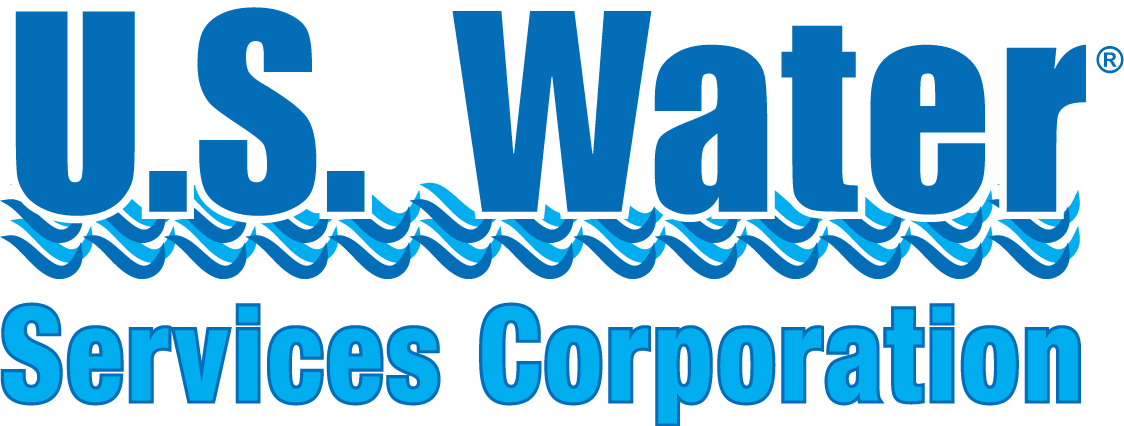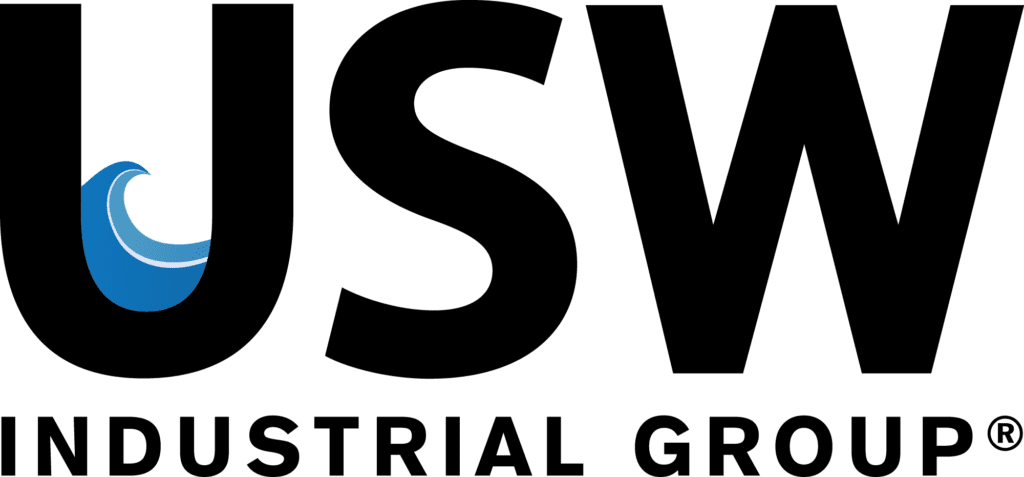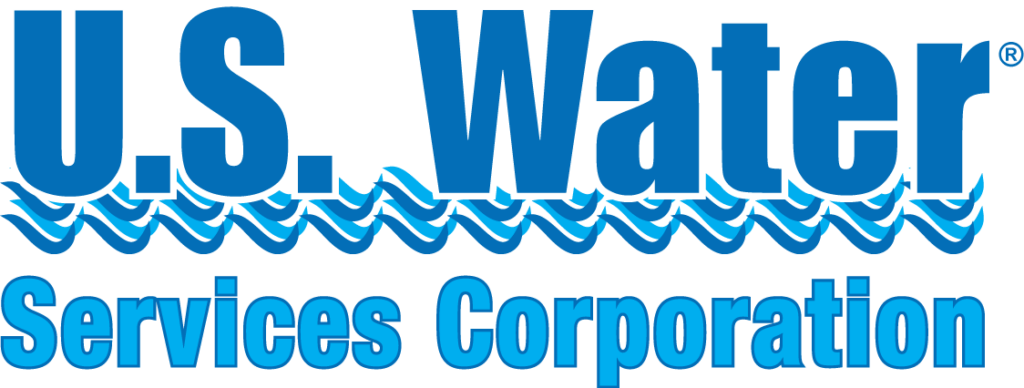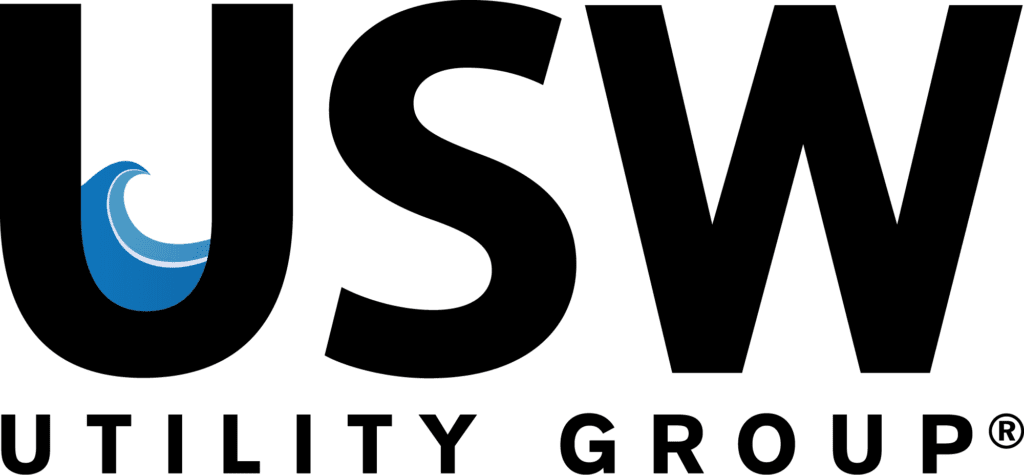Introduction
Water and wastewater treatment is an essential aspect of any community or industrial operation, ensuring that water discharged into the environment or used for drinking water meets regulatory standards and poses no harm to public health or the environment. However, water treatment can be a significant financial burden, requiring careful budgeting and financial planning. In this article, we will discuss the key considerations and strategies for budgeting for water and wastewater treatment expenses.
Understanding Water and Wastewater Treatment Expenses
Before delving into budgeting, it’s essential to understand the components of water and wastewater treatment expenses. While these costs can vary significantly based on the scale of the operation and regulatory requirements, they generally encompass the following:
-
- Infrastructure Costs: This category includes the construction, maintenance, and repair of treatment facilities, such as treatment plants, pipelines, and pumping stations. Don’t forget the basics like buildings, roofs, doors, fences, and paving. It’s important to note that some of these elements can be substantial expenses, requiring thoughtful, long-term planning.
-
- Operational Costs: Operational expenses encompass day-to-day costs, such as labor, energy, chemicals, and equipment maintenance. These costs can be further categorized into fixed and variable expenses, which fluctuate based on changes in the flow or loading. For operations, the labor is typically fixed but should be adjusted by using the Consumer Price Index for labor in the area where the facility is located. Equipment maintenance can vary widely from facility to facility, but facilities with strong preventive maintenance programs usually have a much better understanding of the needs, resulting in lower costs when compared to facilities that follow a “fix it when it breaks” approach. Energy and chemicals will vary as the flow or loading to the system changes. Chemicals and utilities are critical to operation – how and when you buy these items can materially impact the budget. Some chemical costs are volatile and buying in bulk can make sense. If you don’t have bulk storage, consider capital upgrades to control operational spending or additional upgrades, like blower control using Dissolved Oxygen (DO) probes to optimize your utility use.
-
- Compliance Costs: Meeting regulatory requirements entails testing, monitoring, and reporting to ensure treated water or wastewater adheres to environmental and regulatory standards. It’s also vital to anticipate future changes in the treatment process, potential new tie-ins with municipal plants, future shifts in waste streams, and forthcoming regulatory adjustments. With proper planning, regulatory deadlines and compliance milestones can be met in a controlled and managed way. Adequate budgeting should account for these aspects to prevent rushed and costly responses to compliance challenges.
-
- Capital Expenditures: Capital expenditures involve the replacement or upgrades of equipment and infrastructure, typically on a longer-term cycle. Consider the age of your treatment facility – how long was the design life? Is there equipment that has challenges or difficulty from a maintenance perspective? Would equipment upgrades reduce operating costs or optimize operations? Capital spending is one of the more difficult budgets to manage and understand as these are typically measured by the Return on Investment (ROI). When presenting the ROI for a capital project, be sure you have considered all the costs or cost reductions because they can make or break the project. The decision to spend capital typically lies in the senior leadership of the organization, and taking the time to lay out a clear, concise, and measurable ROI will often get the attention of leadership. Remember that they are not “in the weeds” of your project so showing them how you will optimize costs, reduce or eliminate spending, or improve efficiency is important. Perhaps the most important thing is showing exactly how you will measure the success in a way that is clear and understandable. Ambiguity in an ROI proposal is a shortcut to the no go line of capital projects that are presented to leadership.
- Contingency Funds: Setting aside a portion of your budget for unexpected repairs or regulatory changes is essential. The level of contingency should be determined based on the depth of your research and understanding of potential unknown conditions. The more you know the less contingency you need. If you have done little to no research and do not have a clear understanding, consider a 50% contingency as a starting point. As you begin to define project elements, you can reduce this in small increments as you proceed. Once you get to 10%, you should consider that you will never know everything and hold there unless you know there is little or no chance of change affecting the project. For maintenance contingency, you must assess your preventive maintenance program and decide if you have a strong or weak program. With a strong program, 10%-15% would be typical for contingency. With weaker programs, 25% – 40% would be more appropriate as repair and replacement costs can quickly escalate, especially if you subcontract the repair or installation.
Steps to Budgeting for Water and Wastewater Treatment Expenses
-
- Assessment and Planning
- Know Your System: Understand the treatment system in place. Determine its age, condition, and capacity.
- Regulatory Requirements: Familiarize yourself with local, state, and federal regulations governing water and wastewater treatment. Compliance is non-negotiable.
- Forecast Growth: Consider any potential changes in your operation’s size or capacity, which may require adjustments to the system.
- Assessment and Planning
-
- Cost Estimation
- Historical Data: Review past expenses to identify trends and anticipate future costs.
- Consult Experts: Seek advice from water and wastewater treatment experts or consultants to get a more accurate estimate.
- Request Bids: If you plan to undertake capital projects, request multiple bids to ensure competitive pricing.
- Don’t forget contingency.
- Create a Detailed Budget
- Line-Item Budget: Break down your budget into specific line items, including infrastructure, labor, maintenance, compliance, and contingency.
- Allocate Funds: Determine the percentage of your budget allocated to each category based on historical data and expert advice.
- Account for Inflation: Factor in inflation when projecting costs for future years.
- Cost Estimation
-
- Long-Term Planning
- Capital Improvement Plan: Develop a long-term plan for infrastructure upgrades and replacements, ensuring that you spread costs over several years.
- Savings and Reserves: Establish a fund for capital expenditures and emergencies to avoid sudden financial strains.
- Long-Term Planning
-
- Efficiency Measures
- Reduce Energy Consumption: Implement energy-efficient technologies to reduce operational expenses.
- Minimize Wastage: Optimize chemical use, reduce water consumption, and improve treatment processes to cut costs.
- Efficiency Measures
-
- Monitoring and Reporting
- Regular Assessments: Continuously monitor expenses and compare them to your budget.
- Compliance Tracking: Keep detailed records of all regulatory compliance efforts to avoid costly penalties.
- Monitoring and Reporting
-
- Public Communication
- Transparency: Communicate with stakeholders, whether they are residents, shareholders, leadership teams, or governing bodies, to build trust and potentially gain financial support.
- Public Communication
- Periodic Review and Adjustment
- Quarterly Reviews: Every quarter you should compare your actual spending versus the predicted spend and then adjust budgets to compensate for over or under runs.
- Annual Review: Review and adjust your budget annually, considering any changes in your system or regulatory environment.
Conclusion
Budgeting for water and wastewater treatment expenses is a multifaceted yet essential process for both industrial operations and communities. Understanding the diverse components of these expenses, meticulous planning, and efficient resource allocation are fundamental to managing costs effectively. By following the steps outlined in this guide, you can develop a comprehensive budget that ensures efficient and environmentally responsible water and wastewater management. For professional assistance in enhancing budget efficiency and accuracy, reach out to U.S. Water for expert guidance in refining and estimating an accurate budget for your facility.




